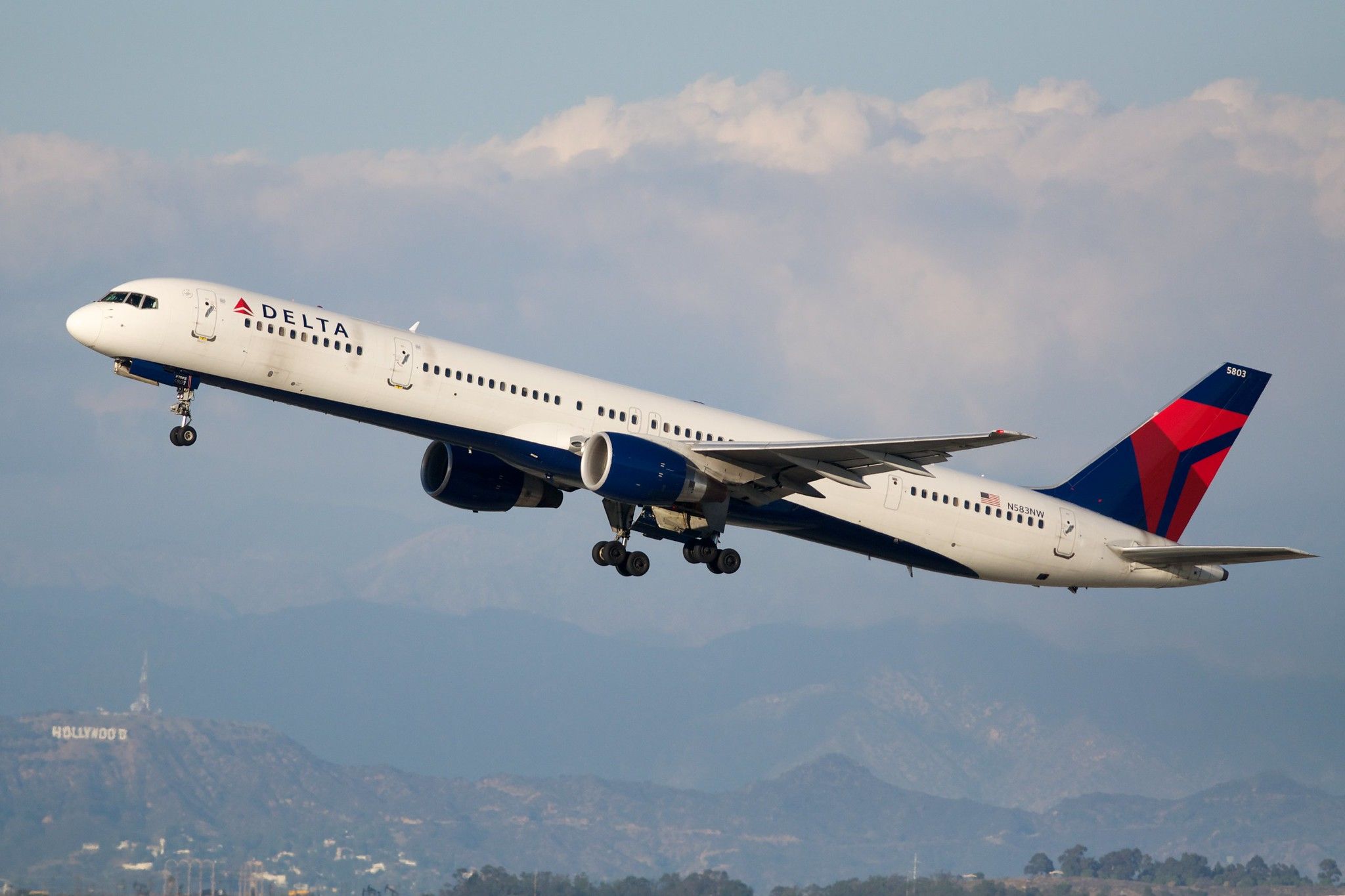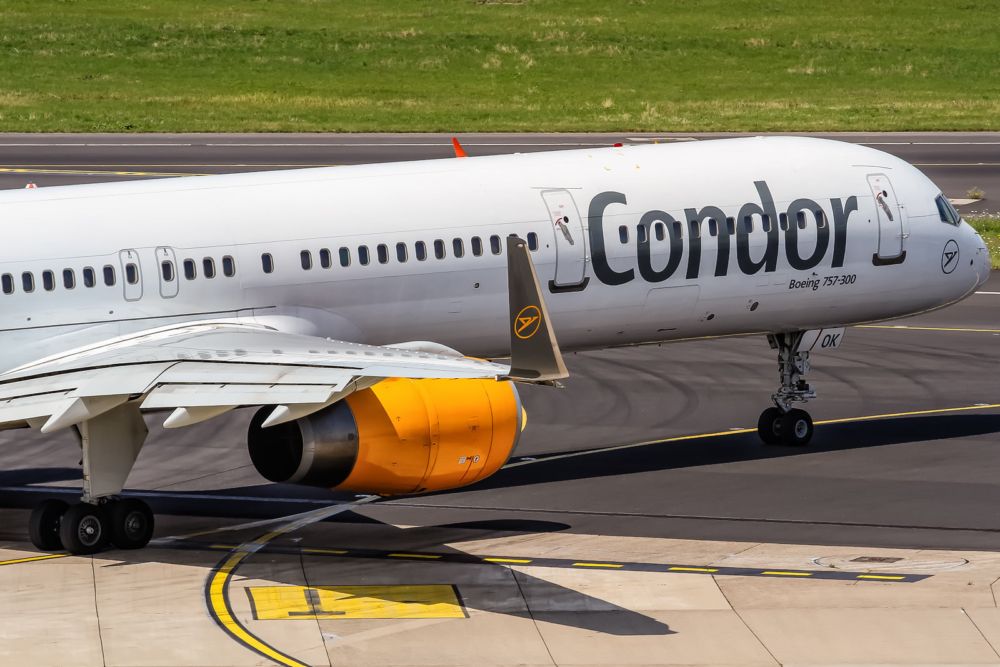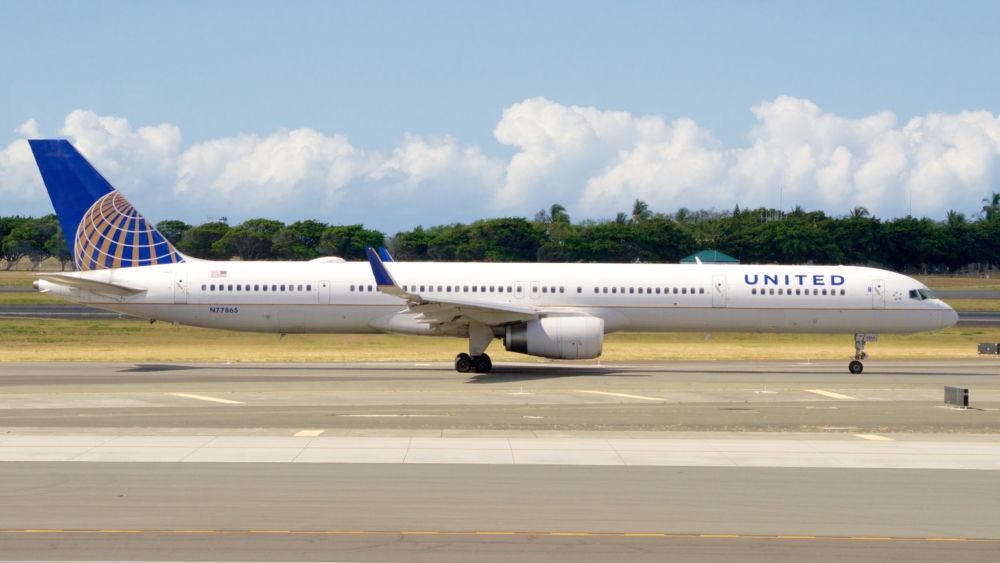Having entered service with Germany's leisure airline Condor in 1999, the Boeing B757-300 is still going strong 22 years later. With 55 aircraft in service – funnily enough, the exact number ordered – across five airlines, seats for sale this year are three-quarters of what they were in 2019. While thoughts turn to eventual replacements, probably the A321neo, B737 MAX 10, or Boeing's new midsize aircraft, we examine the current situation.
Remaining users of the B757-300
The middle-of-the-market B757-300 is famed for its high capacity and low unit cost. While it obviously has a higher maximum takeoff weight than the -200 (7% higher, in fact), it offsets this with a much greater maximum payload (19% higher). Five airlines use the 55 B757-300s, as detailed below, although Icelandair's CEO said this week that it'd decide its 757 replacement in the next few months.
- United: 21 aircraft; average 19.1 years; 234 seats
- Delta: 16; average age 18.6 years; 234 seats
- Condor: 13; average age 22.2 years; 275 seats
- Azur Air Ukraine: three; average age 20.9 years; 265 to 280 seats
- Icelandair: two; average age 20.6 years; 225 seats
According to ch-aviation.com, 52 aircraft are currently in scheduled or charter service. Only three aircraft are stored or in maintenance: Azur Air Ukraine's UR-AZN; Delta's N581NW; and United's N57869. Delivered in 2002, United's sole inactive aircraft was initially used by ATA (American Trans Air) before calling Continental home in 2005. It entered United's fleet in 2011.
Stay aware: Sign up for my weekly new routes newsletter.
United's 757-300s
At 19.1 years old, United’s 757-300s are not especially old, although they’re slightly more mature than the carrier’s average (16.5 years) due to so many new aircraft being introduced. And the -300 is likely to remain for some time yet, reconfigured as they were in 2018 to improve the hard product while increasing seating density to 234 seats.
'Densification', a buzzword nowadays, is often crucial for both network and low-cost carriers alike. More seats mean increased revenue per flight and reduced cost per seat-mile, the best of both worlds, economically speaking anyway. Densification has enabled the B757-300 to become an even more competitive machine for United.
The type isn't in United's top-10 list
While the aircraft doesn't make it into United's most-used list this year – and neither does the B757-200 – it is nonetheless important. Indeed, it ranks 12th by available seats, OAG indicates, only half a million away from being included in the top-10.
The latest schedule information shows that the -300 will operate 43 routes this year, including one-offs and limited services. With 15% of seats, Denver to Houston is utterly vital, with this route connecting United's two largest hubs.
- Denver-Houston: 507,780 round-trip seats by the B757-300
- Chicago-Los Angeles 434,304
- Chicago-Denver 300,456
- Honolulu-Los Angeles 323,388
- Chicago-Orlando 307,476
I have flown the -300 a few times, including from Atlanta to Fort Myers and Larnaca to Frankfurt. What are your memories or experiences? Let us know in the comments.



